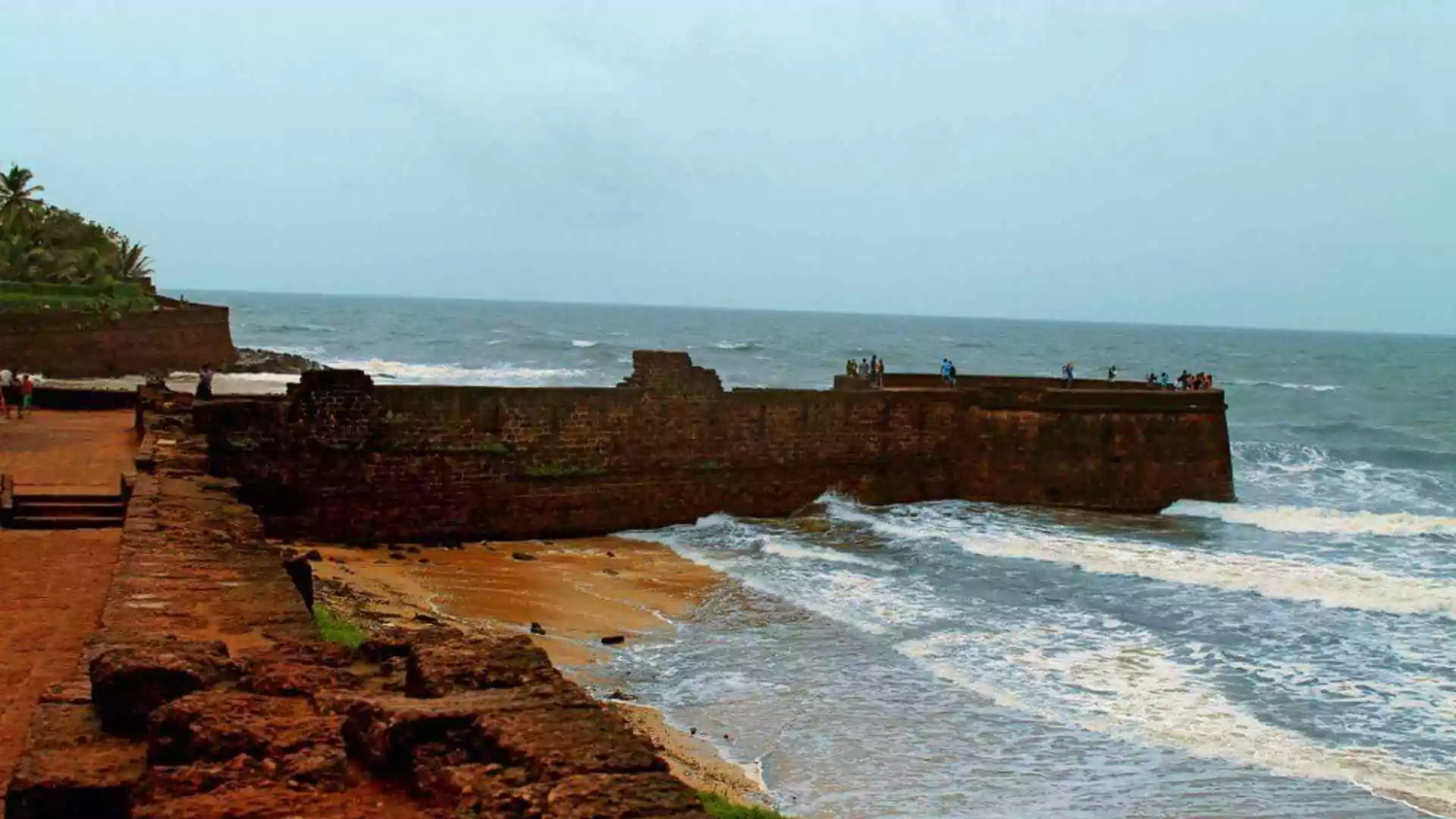Defence Minister Rajnath Singh announced on Thursday that the disengagement process along the Line of Actual Control (LAC) in eastern Ladakh is almost complete. Speaking at the inauguration of the Bob Khathing Museum in Tezpur, Assam, Singh detailed the ongoing discussions between India and China to resolve conflicts in specific areas along the border.
“The dialogue has been active at both diplomatic and military levels,” Singh stated. “Following recent discussions, there has been a consensus on restoring the ground situation based on mutual security. This agreement includes rights related to patrolling and grazing in traditional areas. We are nearly done with the disengagement process, and we aim to move beyond this phase, but it may require a bit more time.”
Delighted to interact with our brave armed forces personnel and celebrate Diwali at Tezpur. https://t.co/PeUAdMSXVl pic.twitter.com/FaKpxXDxXd
— Rajnath Singh (@rajnathsingh) October 30, 2024
Advertisement · Scroll to continue
Recent Developments in India-China Relations
This announcement comes in the wake of confirmed agreements between India and China regarding patrolling arrangements along the LAC. The border standoff that began in 2020, fueled by Chinese military incursions in eastern Ladakh, has led to ongoing tensions and strained relations between the two nations.
In a significant development, Prime Minister Narendra Modi and Chinese President Xi Jinping held a bilateral meeting on the sidelines of a recent summit. This marked the first formal interaction between the two leaders in five years, emphasizing the importance of India-China ties for regional stability. Chinese Ambassador to India, Xu Feihong, expressed hope that bilateral relations would progress smoothly, without being hampered by specific disagreements.
Honoring Sardar Vallabhbhai Patel
During his address, Defence Minister Singh paid tribute to India’s first Home Minister, Sardar Vallabhbhai Patel, on his birth anniversary. He remarked, “There are many names in our history that did not receive due recognition, but their sacrifices are significant. It is our duty to remember and honor them.” Singh emphasized Patel’s critical role in unifying the nation, stating, “He was the architect of India’s unity.”
Focus on Unity and Development in Northeast India
In his speech, Singh underscored the remarkable unity exhibited in India’s diversity. “When India’s name is mentioned globally, it is often accompanied by the phrase ‘Unity in Diversity.’ Our country is rich in languages, cultures, and religions, and it is essential that we maintain this unity,” he remarked. He highlighted the government’s commitment to enhancing economic and infrastructural development in the northeastern region under Prime Minister Modi’s leadership.
Singh’s visit to Assam and the unveiling of the statue of Sardar Patel at the museum signifies the government’s efforts to promote unity and recognize the contributions of historical figures in building a cohesive nation.
Also Read: Ministry Of National Defense Tracks 8 Chinese Aircraft Entering Air Defense Zone Near Taiwan






















